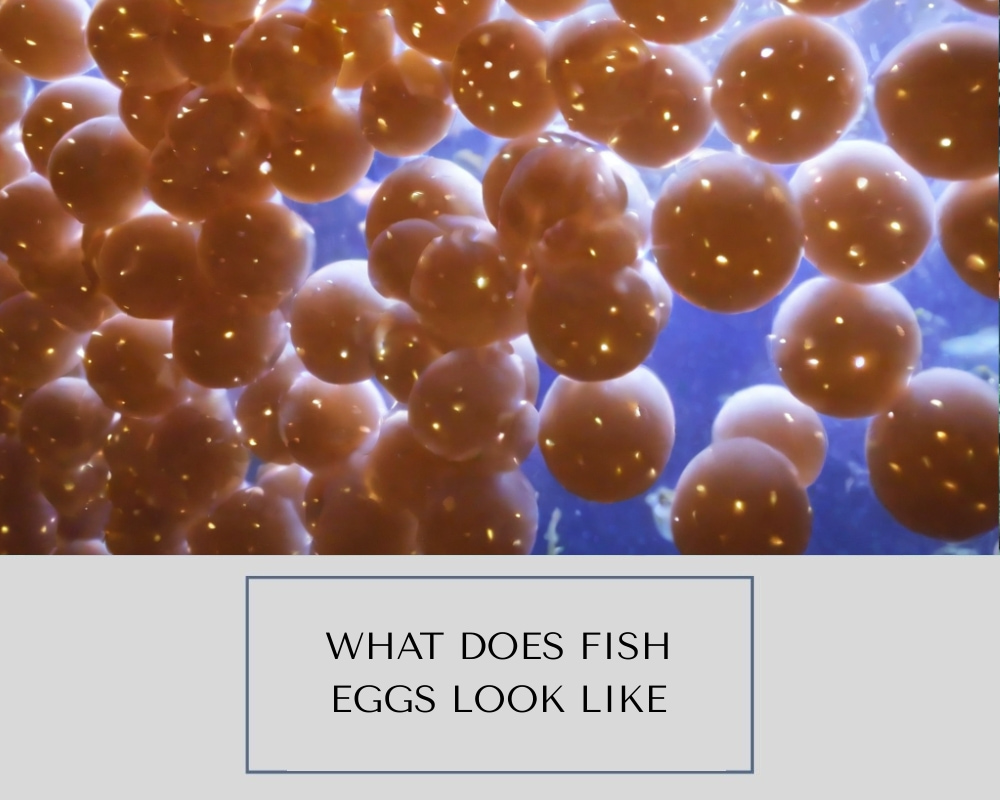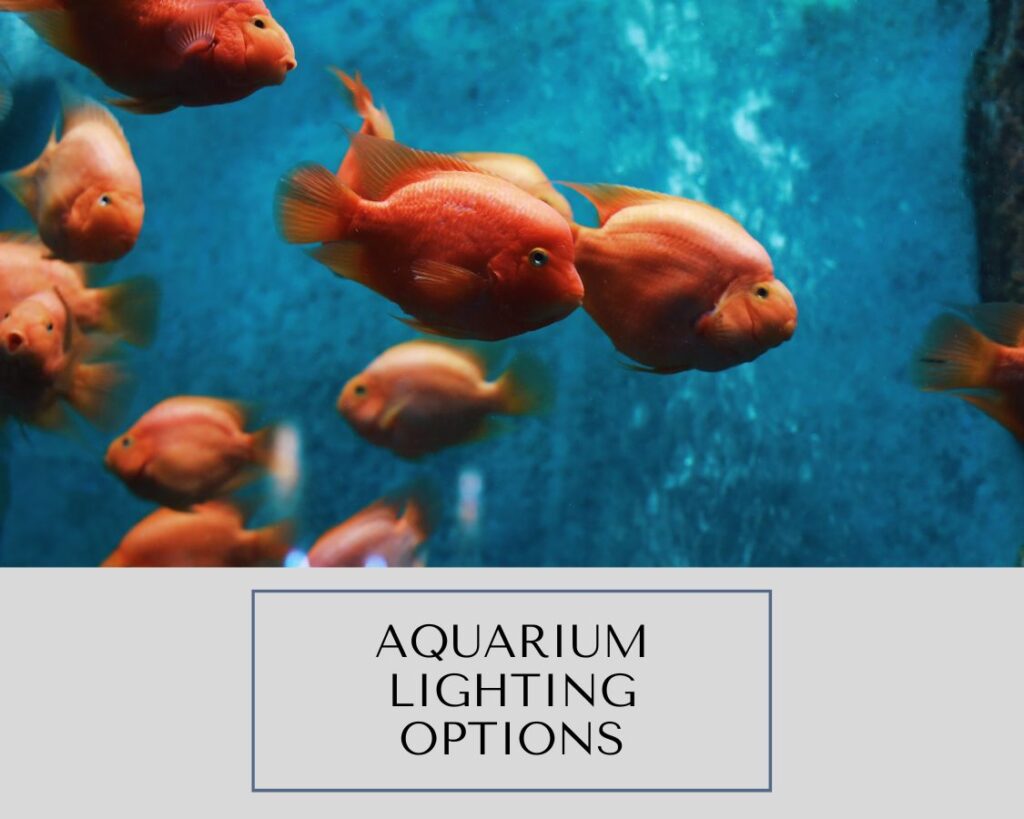Life under the water’s surface is a captivating realm filled with colorful fish gliding through lush green seaweeds. It’s a captivating spectacle – echoing with the gentle sounds of water currents, offering underwater views filled with vibrant biodiversity. Among all this underwater activity, something more magical and intriguing continues to happen. Fish of various species breed, creating a cycle of life that ensures the aquatic world’s continuing existence. Fascinating, isn’t it?
Imagine the bright surface of a clownfish egg nestled by an anemone, the almost transparent egg of a zebrafish under a scientist’s microscope, and a cluster of golden eggs laid out carefully by a goldfish in your home aquarium. Each of these eggs, whether they belong to a common goldfish or an exotic Betta fish, carries a universe of life within it.
Have you ever wondered what fish eggs or ‘roe’ look like? Or why do they possess such different appearances despite fulfilling the same purpose: to bring forth a new generation of fish? This article will unravel the mysteries around fish eggs, their diverse appearances, and how they play an essential part in aquatic life’s grand cycle. So let’s dive deep into the blue world and learn about what these tiny spheres of life look like.
The Fascinating World of Fish Reproduction
Imagining a world underwater might make one think of tranquillity, but it’s far from calm. It’s a world bustling with activity! Amid this activity, the process of fish reproduction is one of the mysteries that keep biologists hooked. But before we sail into the ocean of knowledge about what fish eggs look like, let’s anchor ourselves and understand how they come into being.
Understanding Fish Eggs: The Basics
Fish eggs, also called roe, are essentially the beginning of life for a new generation of fish. Isn’t it astounding that such a huge variety of fish start their life in the form of a tiny egg? Each egg is a bubble of life, waiting to embark on a journey in the ocean’s vast expanse. But it’s not just magic – it’s science. Female fish produce these magnificent bubbles of life, and male fish fertilize them. It’s the first step in a fish’s life journey.
External vs. internal Fertilization
As unique as each fish species is, so is their method of reproduction. Some fish reproduce through external fertilization, and others through internal fertilization. It’s as different as ordering a takeaway meal or cooking at home! External fertilization is when female fish release eggs into the water, and male fish release their sperm to meet them. It’s like a party to which everyone is invited! The process of internal fertilization, on the other hand, is like a private dinner where fertilization happens inside the female’s body.
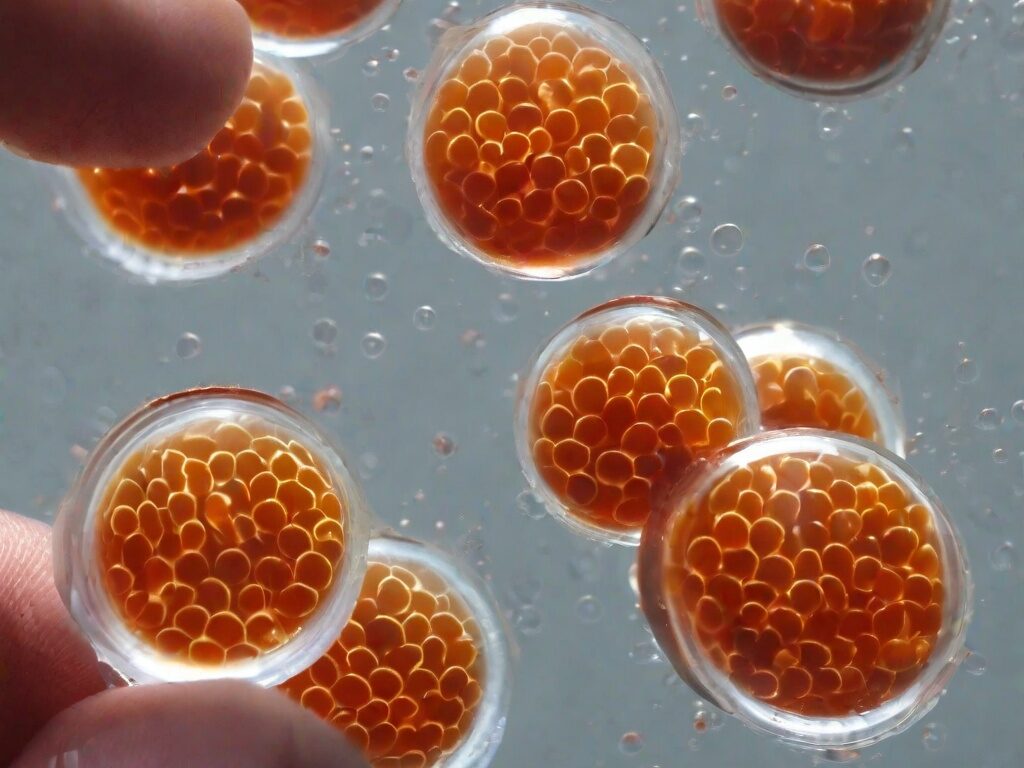
Characteristics of Fish Eggs
Now that we’ve understood the behind-the-scenes process, let’s get to the crux of the matter: what do fish eggs look like? As varied as fish species are, so are their eggs. The shape, size, and color – they all can differ based on the species producing them, kind of like how all houses don’t look the same.
Shape and Color of Fish Eggs
Fish eggs aren’t just simple spheres; they can take various shapes – spherical, elliptical, or cylindrical. Imagine them as tiny balls, ovals, or cylinders. Their color could range from transparent to opaque white, yellow, orange, red, or even green. Yes, fish lay green eggs just like in the famous Dr. Seuss book – minus the ham.
Size of Fish Eggs
Looking at the size, fish eggs are usually tiny. They may just be a few millimeters in diameter, kind of like a tiny pearl. However, some fish lay eggs that can be as big as an inch in diameter! That’s almost comparable to a grape.
Surface and Texture of Fish Eggs
We can’t end our discussion of the characteristics of fish eggs without talking about their surface and texture. Some eggs are smooth, and others have spiky surfaces. That’s like comparing a marble with a chestnut. These differences are not just for fancy; they have a purpose, which we will learn about soon.
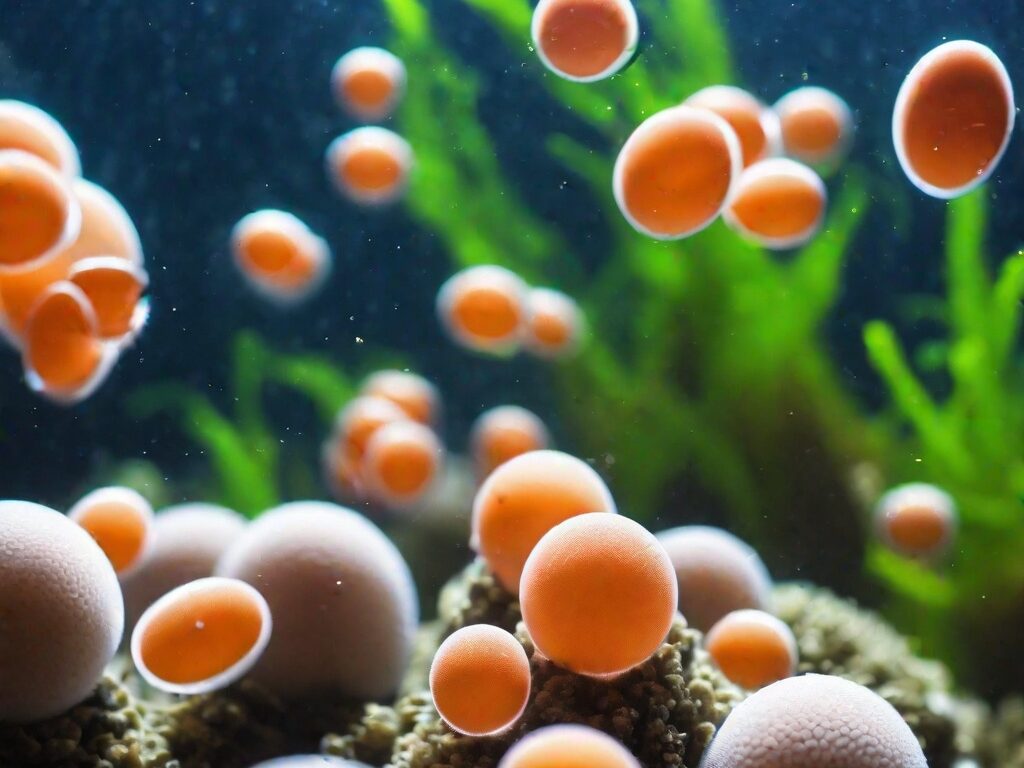
Common Aquarium Fish Species and Their Eggs
The home aquarium opens up a window into the vibrant underwater world. Let’s understand the reproduction habits of commonly reared aquarium fish and what their eggs look like.
Goldfish Eggs
Goldfish are arguably the most common aquarium pets with their golden shimmer and graceful fins. Their eggs appear as tiny, clear bubbles not much larger than a pinhead. If you hold up a magnifying glass to these eggs, you’ll see they’re almost transparent, allowing you to spot a black dot (the embryonic fish) in mature ones.
Guppy Eggs
Guppies are tropical aquarium favorites known for their colorful tails. But here’s something unique about them: they give birth to live young, not eggs! Guppies are what we call ‘livebearers.’ The female holds the eggs inside her body until they hatch, then releases the free-swimming fry into the water. A guppy fry looks like a miniature version of an adult guppy but with fewer colors.
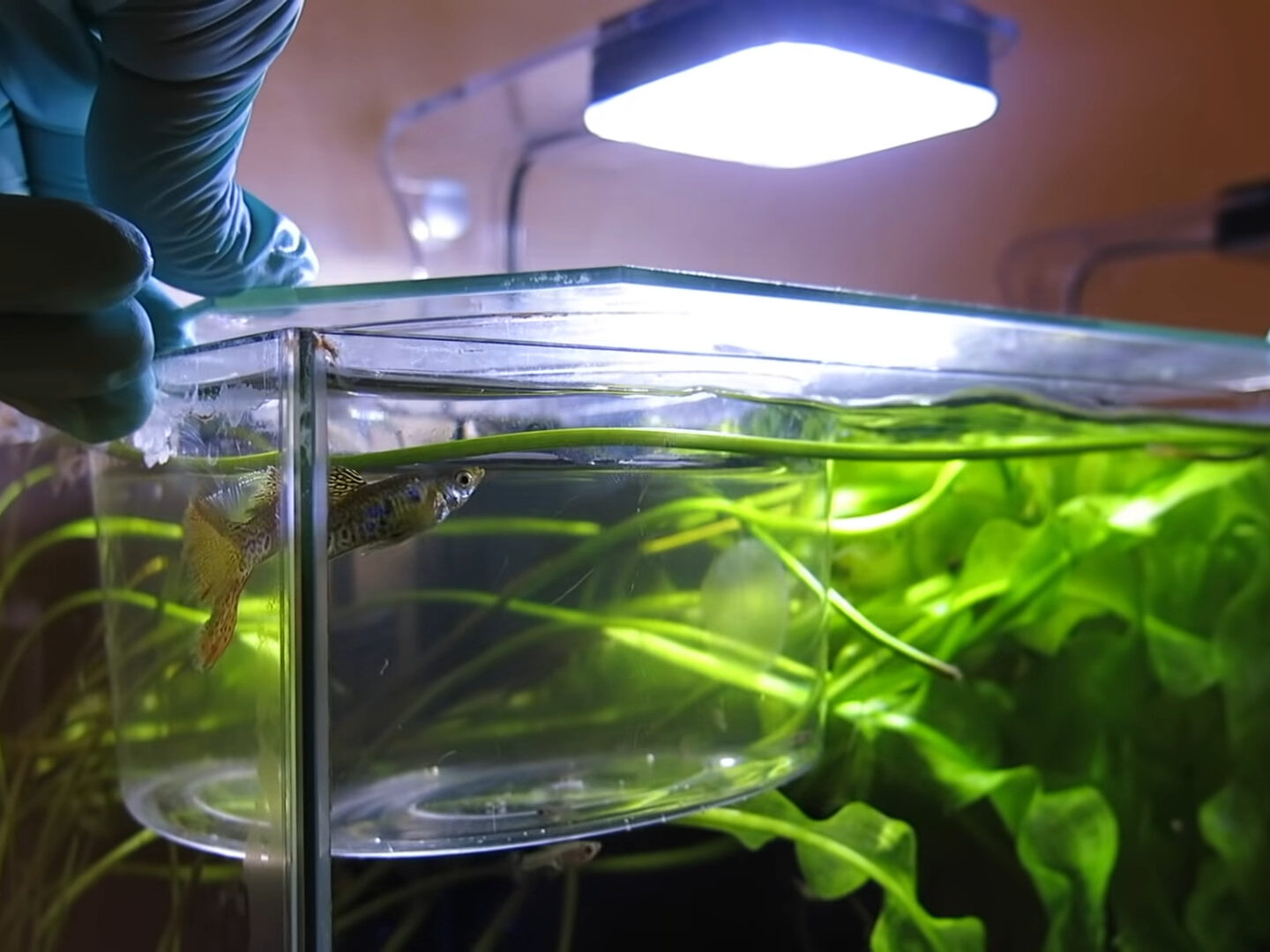
Betta Fish Eggs
Betta fish, recognized for their vibrant colors and long, flowy fins, are another aquarium staple. A Betta fish’s eggs are tiny, round, and are usually colorless to white. An interesting thing about Betta fish is their paternal instinct. The male Betta builds a bubble nest at the water surface, where he protects the fertilized eggs until they hatch.
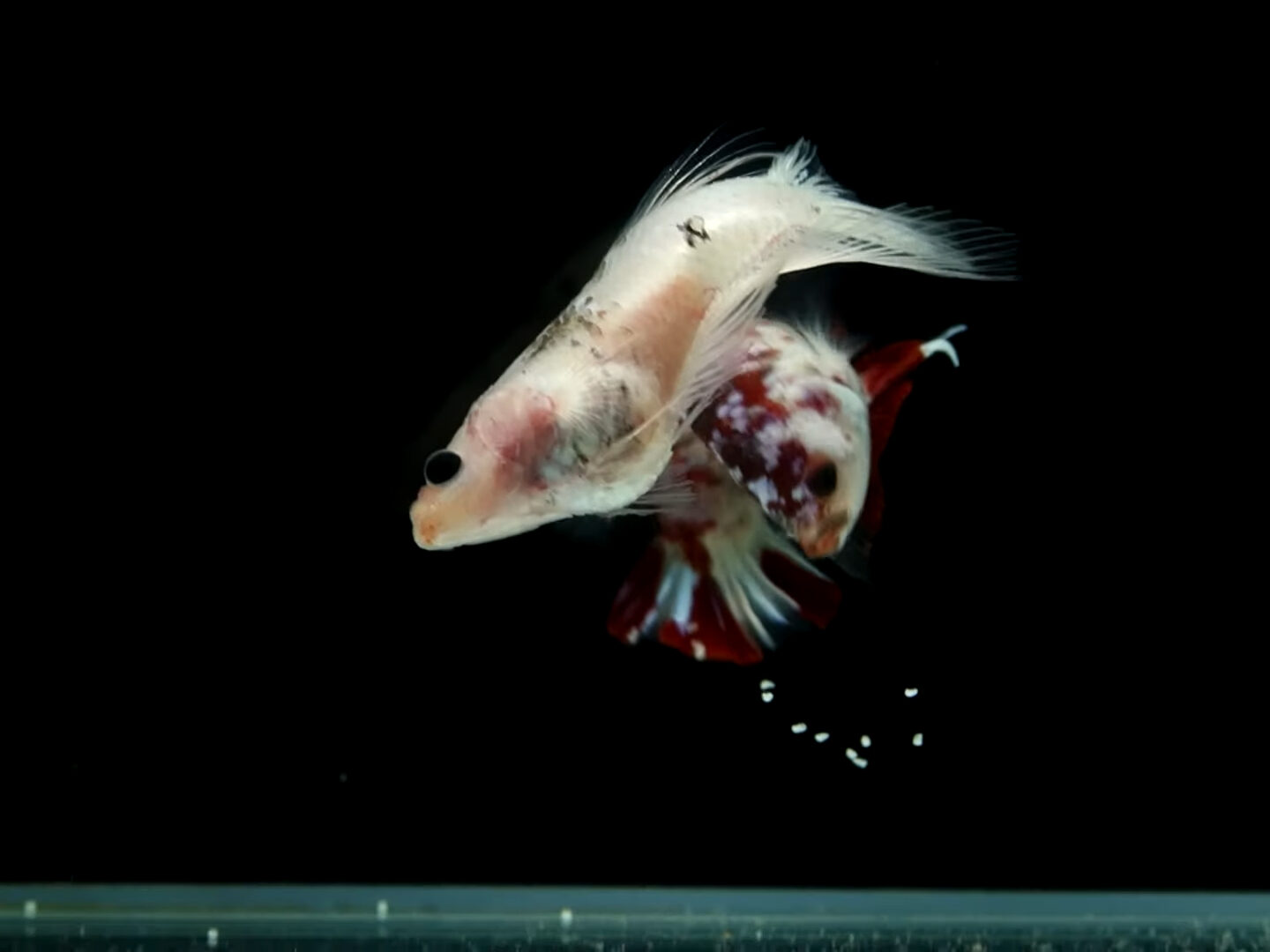
Angelfish Eggs
Known for their striking, triangular bodies and dynamic stripes, Angelfish are eye-catching additions to any aquarium. Angelfish eggs are tiny, around 1-2 mm in size, usually opaque in color, and are laid in neat rows on flat surfaces, like an aquatic plot of farmland!
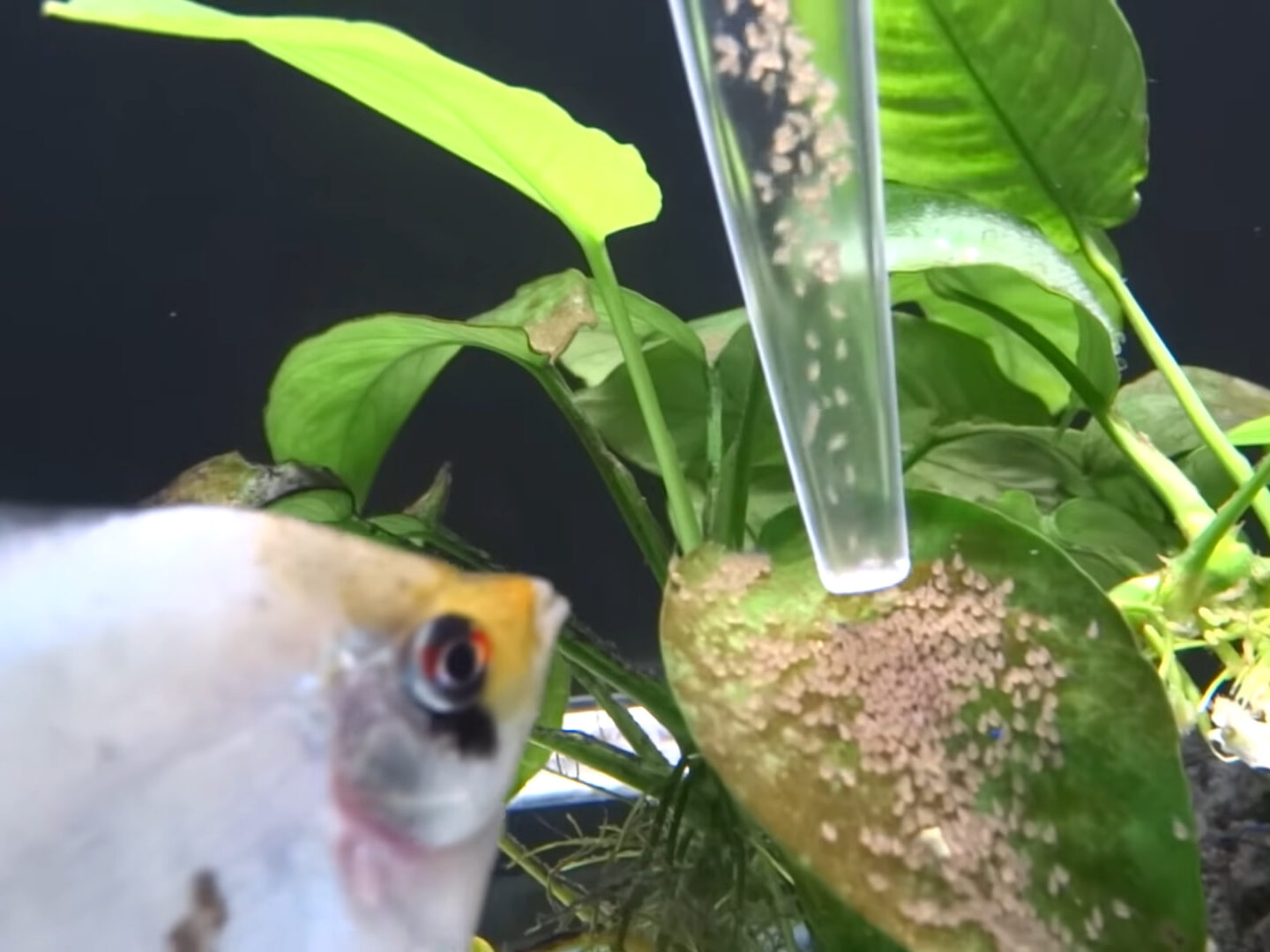
Zebrafish Eggs
Zebrafish, despite their small size, are hugely popular in both aquariums and scientific research. Their eggs are microscopic, around 1mm in size, and are nearly transparent! This transparency and size make them popular in scientific studies, as the development of the baby fish, or embryo, can be easily observed.
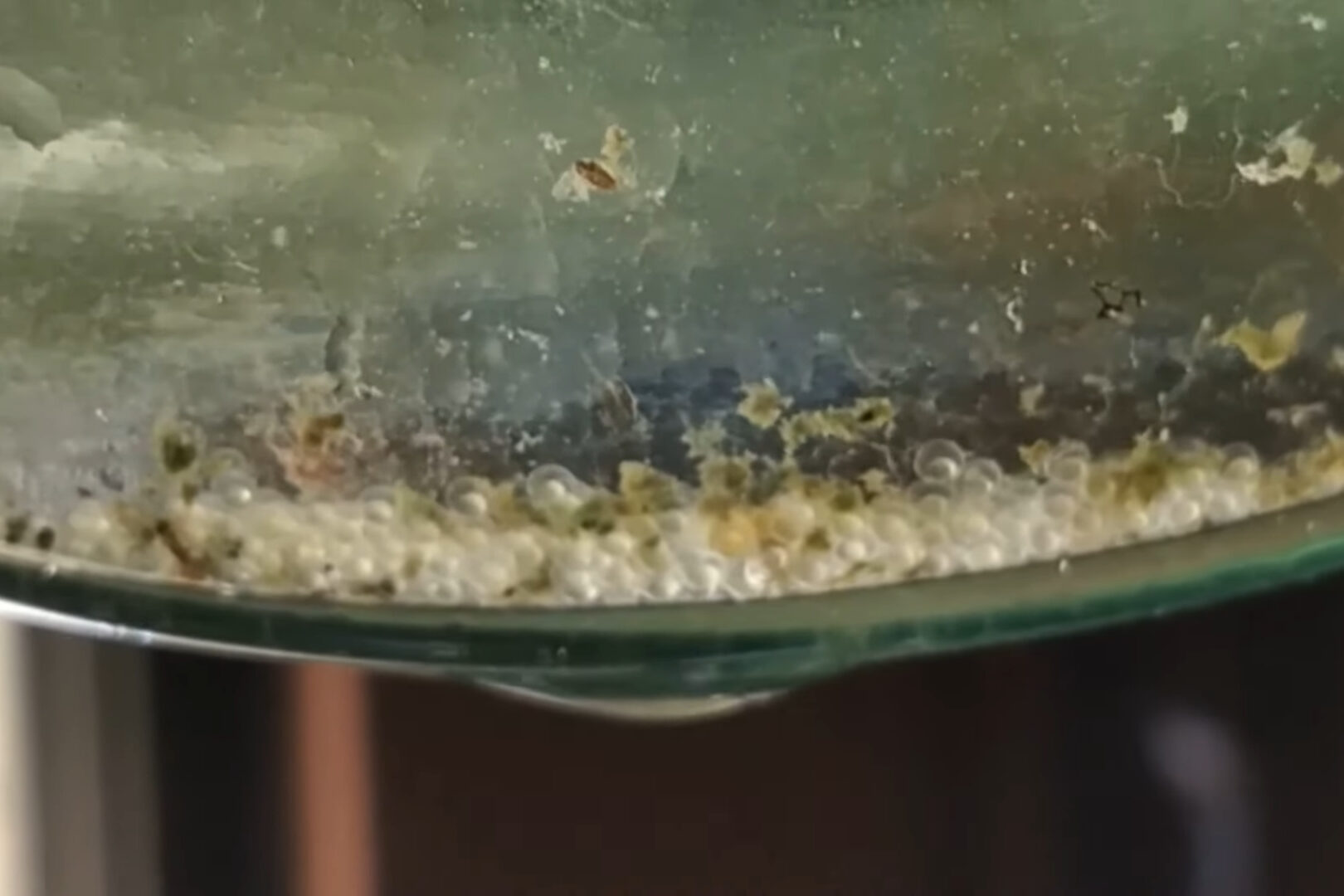
Final Thoughts
The world beneath the water’s surface is as intriguing as the one above. It’s a world where the cycle of life begins in fish eggs– tiny, yet incredible. These eggs, with their array of shapes, sizes, colors, and textures, add to the ocean’s wonder and remind us of the diversity and ingenuity of nature. As we protect our waters and their inhabitants, let’s not forget these tiny spheres of life, for they carry the future of an entire world within them.
FAQs (Frequently Asked Questions)
Are fish eggs harmful to humans?
No. In fact, fish eggs, such as caviar, are considered a delicacy in many cultures. However, it’s best to consume fish eggs from reliable sources to avoid any health risks.
Why do some fish eggs float and others sink?
This largely depends on the species of the fish and where they lay their eggs. Some fish eggs float because they have an oil droplet which increases their buoyancy.
How long does it take for fish eggs to hatch?
Fish eggs can take anywhere from a few days to several weeks to hatch. The timeframe depends on the species and environmental conditions.
Can we see fish eggs with the naked eye?
Yes, many fish eggs can be seen with the naked eye. However, some may be so small that they’re hard to notice unless they are in large groups.
Why are fish eggs different colors?
Coloration in fish eggs aids in camouflage and protects them from predators. For example, some bottom-dwelling fish have brown or sandy-colored eggs that blend in with the seabed, providing an effective disguise.

